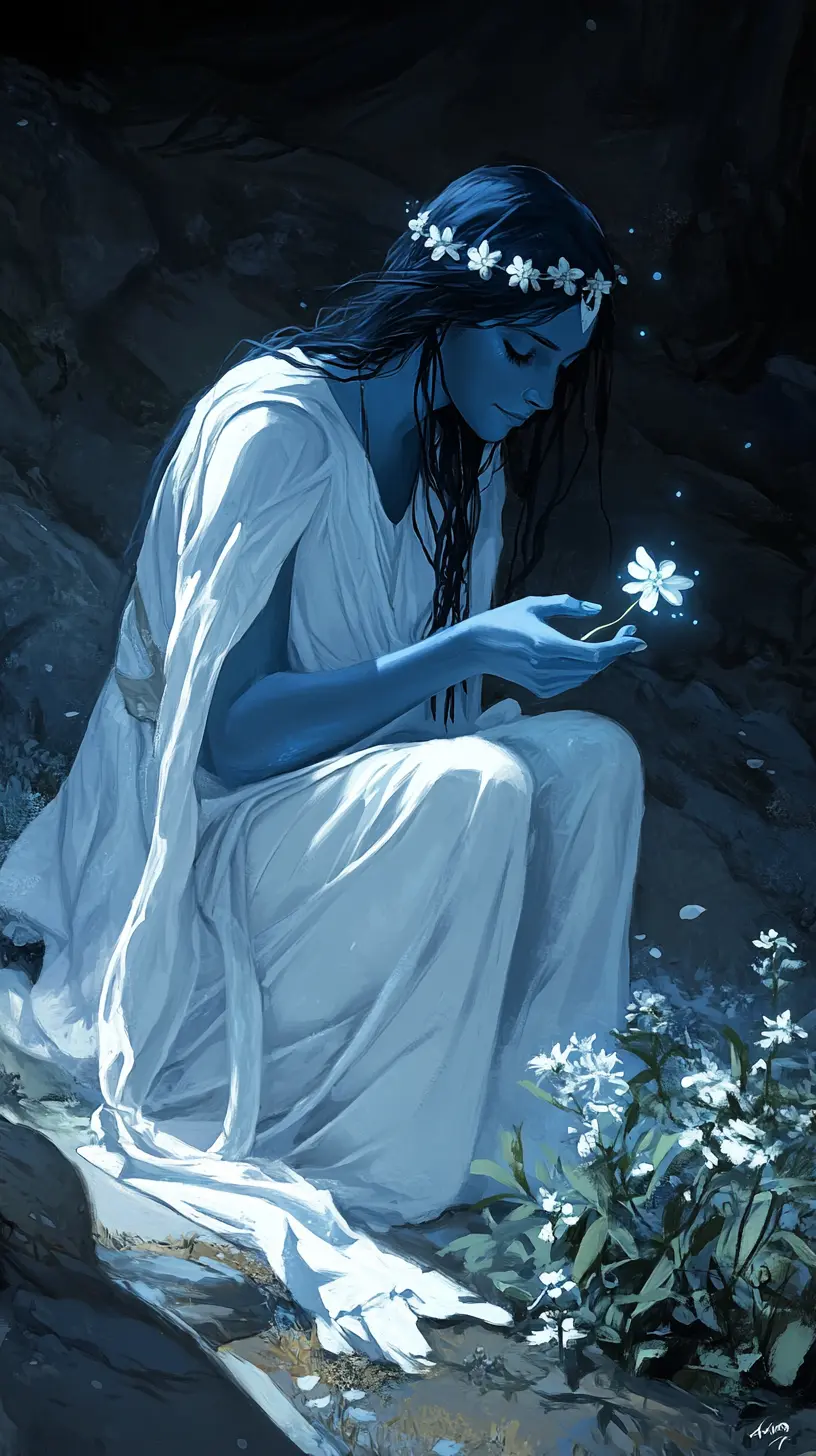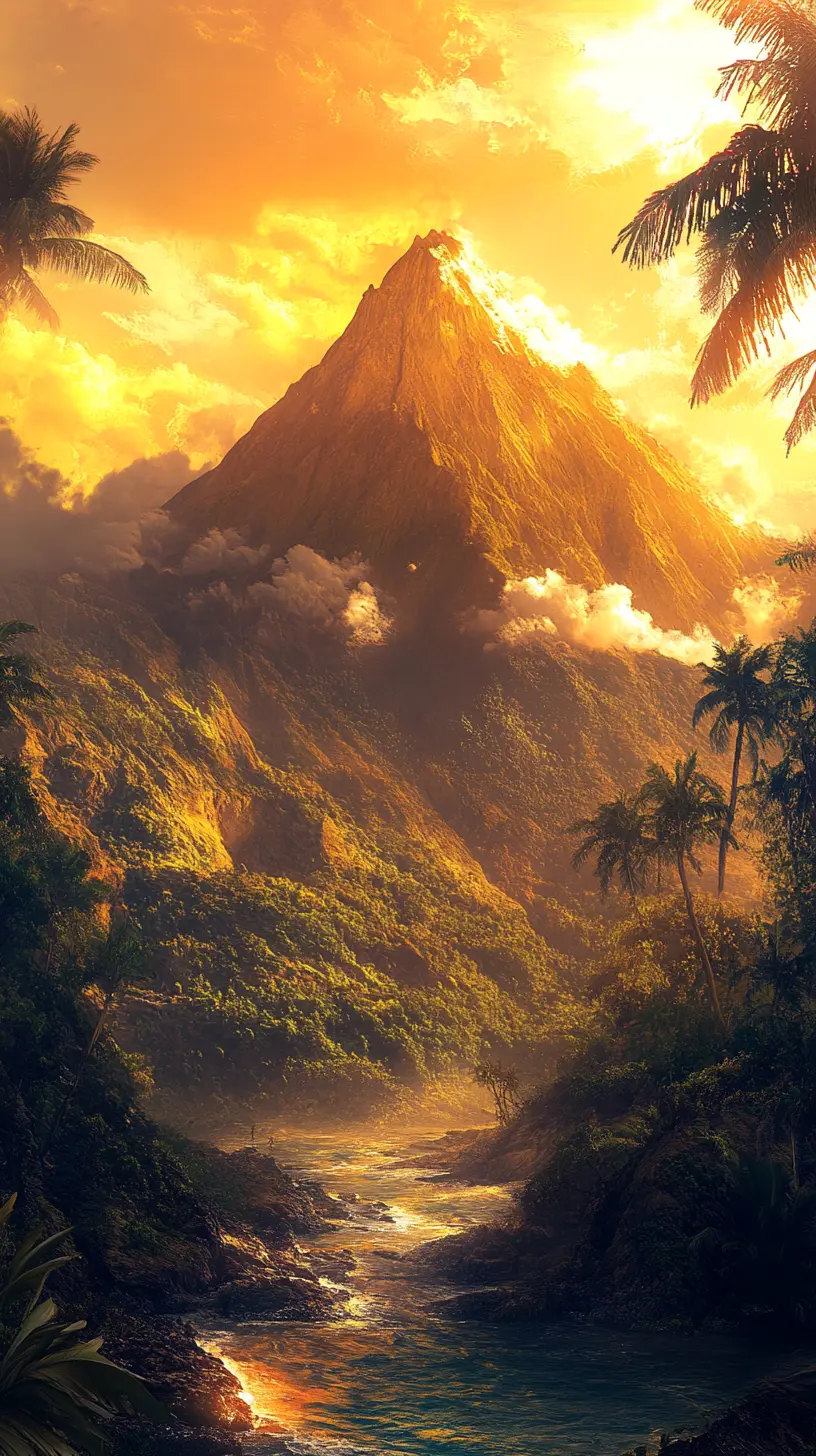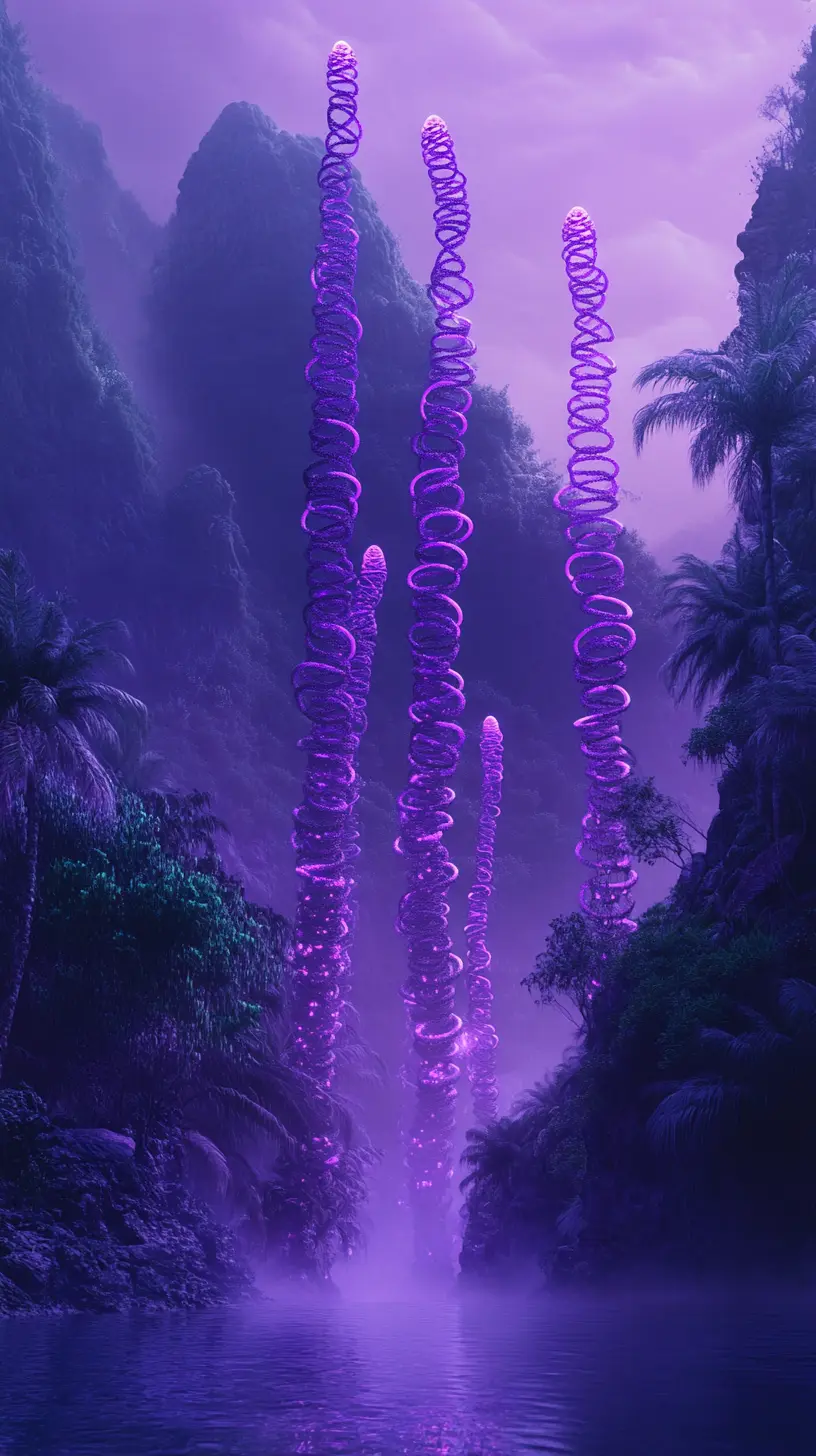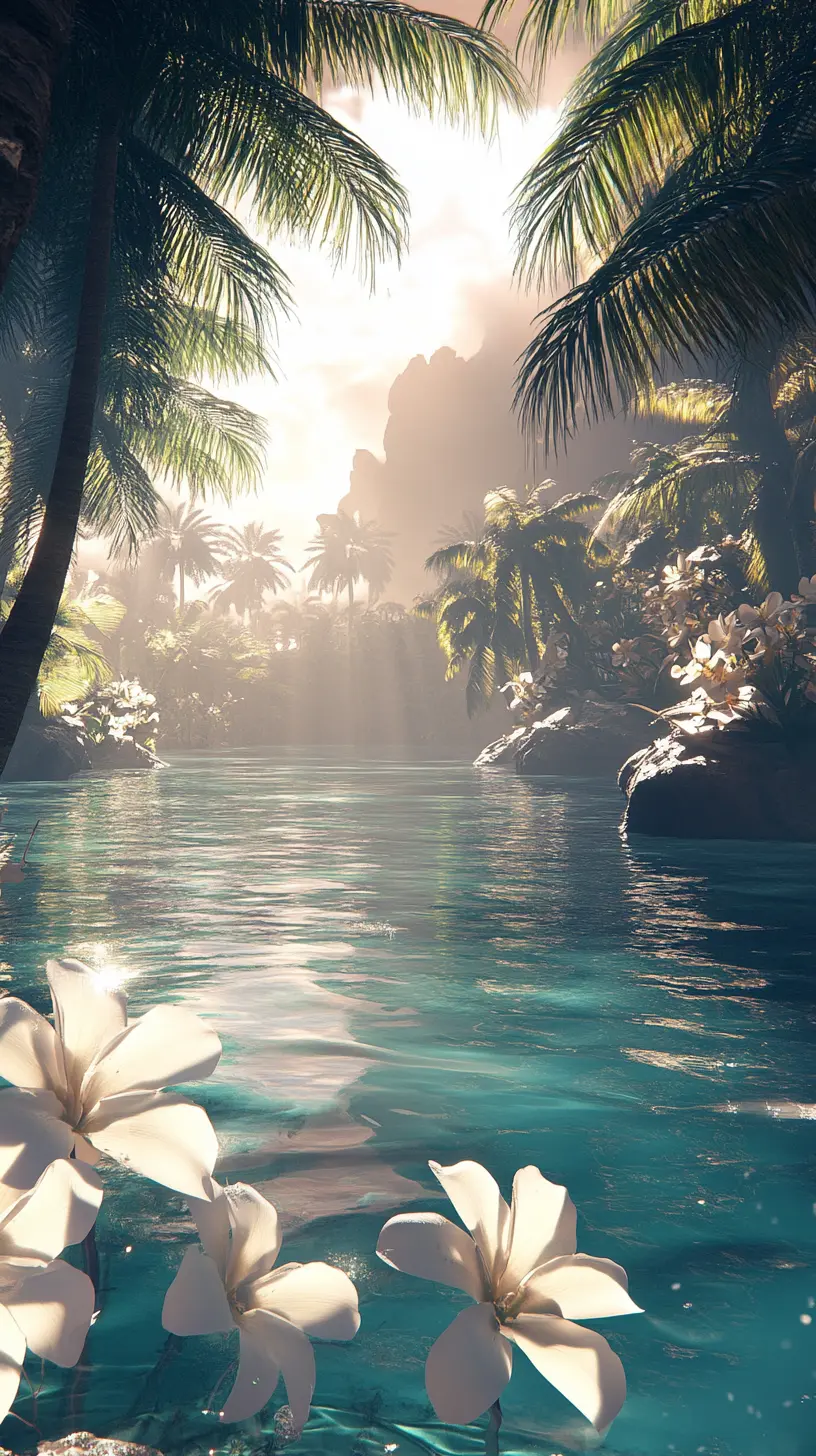Chandrasma Archipelago
In moon's embrace and petals pale bloom blossoms of a thousand tales.The Chandrasma Archipelago, often simply referred to as Chandrasma, is a remote chain of islands found in the warm waters beyond the Sunari Wilderness of Xin-Jiyu. It is home to hundreds of islands of varying size that once formed the southernmost tip of the Sunari itself prior to the events of the Worldrend. The archipelago has a tropical monsoon climate, rarely experiencing temperatures below 15°C even in the depths of winter, and enjoys a consistent wet season from mid-autumn to early winter.
Geography
It is a joy to race between the islands - to compare the black sands of one to the white of another, to clamber mountains and dive through caves!The archipelago's many islands differ with some vibrancy, and as a whole, makes up a delicate swirl that seems to curl around the central island of Nishamani. Nishamani itself, so named for its status as the archipelago's jewel, is a large sunlit isle that centres around a deep lagoon, upon which many of the Utsutrija live. Notably, the lagoon's waters are not salty like the sea despite its extremely close proximity; this has always been considered to be a gift from the archipelago's guardian deities. Nishamani, however, is not the archipelago's largest isle. That honour belongs to the ever-burning isle of Jyotsnavat, which hosts a highly active stratovolcano.
Localized Phenomena
The thrum of thunder beats to the shaking of the earth. We listen, dear world.Chandrasma's islands each have their own unique aspects. Where Jyotsnavat has its eruptions, Sindhuputra has instead colonies of bioluminescent fungi in the inner waters around its floating temples, and Nishamani is said to blossom with wild moon-flowers in sync with the phases of the moon itself. Some things, however, are shared between the isles. Certain events repeat upon themselves, falling into patterns so consistent that the Chandravamshi have used them as a basis for the island's calendar system. There are four that are particularly distinct of these, used to divide the standard calendar into their own custom sections.
We do not fear pirates and their plundering ways. The waters are full of whirlpools that only we know the true locations of. We are sheltered here, behind the storms and eddies. ...It is making visiting elsewhere a challenge, though.
Inhabitants and Religion
The Utsutrija are not the only people to have settled around the archipelago over the years, though they remain the most dominant. They hold many of the ruling voices in Sahasridvipa and the religious order of the Chandravamshi is based largely in Utsutrija myth centred on the isles on which they have long lived. Other religions on the isles rarely focus on specific deities, though some small pockets of faith to the nature-deity Gozreh exist. Instead, they are more spiritual in nature, focusing on the connection between the land and her people and deriving much meaning from the odd ways the moon's power manifests over their home. Samsarans are more common among the Utsutrija than perhaps anywhere else on Istralar, for reasons unknown. The blue-skinned beings of reincarnation feature prominently in Chandravamshi texts and are rumoured to hold their own sacred grounds specific to those of their kind upon one of the archipelago's many islands.It is said that our islands were seeds planted by the moon herself, blown down to Istralar to get her attention. We blossomed as flowers in the world's garden, gleaming in the moon's sacred light. Only - when the moon does not shine, the islands grow scared. The volcano trembles, the flowers close. We look to our mother moon for guidance, and we steady our path in the face of all.










I love stories about islands and island chains, so this was a real treat. Thank you for writing it!